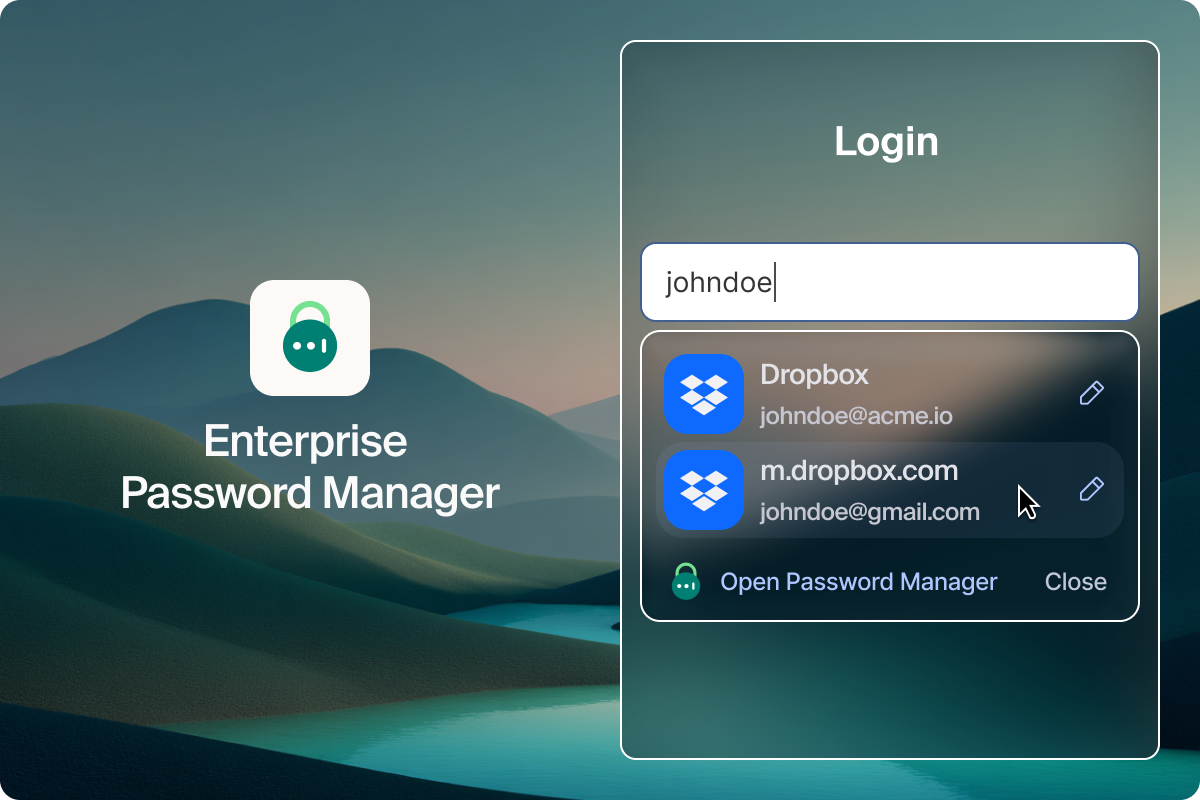Why “The Last Mile” is the Most Critical Terrain in Cybersecurity

Cloud growth continues to be nothing short of astonishing: Gartner estimates 95% of new digital workloads will be deployed on cloud-native platforms by 2025, up from just 30% in 2021.
Yet this race to adopt cloud technology has left security teams with an extremely challenging mandate: They need to keep critical assets safe in a world where remote work, BYOD and virtual desktop use are all exploding.
Fortunately, they have no shortage of options. Security concepts such as Zero Trust, and the usual range of data loss prevention, identity management and cloud access security tools, provide a framework for risk management.
However, one urgent risk remains underappreciated: No matter how many security tools you wield, you’re still deeply vulnerable if you continue to use conventional web browsers.
Why the Consumer-Focused Web Browser Creates Massive Enterprise Risk
Web browsers have become an essential cog in the wheel of business technology. Many of the productivity applications and SaaS platforms that organizations use today are highly dependent on browsers.
The truth, however, is that they are not truly intended to be used as such. Because they were designed for advertising, tracking and search optimization, they offer minimal control over “the last mile” – the space where users interact with data and applications within the browser.
This means that a user can compromise security through printouts, screen grabs, copying-and-pasting text or even taking a photograph of the screen – and an organization may never realize it because conventional browsers also offer no visibility into how users have acted in the past.
That absence of control is a huge problem – one that organizations have often attempted to address by placing severe restrictions on how workers can use applications or devices. Unfortunately, this is not only ineffective, but it also constrains how businesses operate, and alienates workers.
Fortunately, there is a simple change you can make to avoid this risk: Start managing “the last mile” via an enterprise browser.
Last Mile Control and the Enterprise Browser
Consumer-grade browsers gush data because they don’t allow you to implement security policies. An enterprise-grade browser solves this long standing problem by offering a centralized management console for policy enforcement to govern activities such as downloading, saving, cutting-and-pasting or screen grabs within critical apps.
This gives organizations the ability to give workers much more latitude in terms of how they interact with applications and data.
That’s not the only benefit:
- An enterprise browser extends the practice of role-based access to provide a governance layer in areas that have always been inaccessible.
- This means it closes a cyber-risk blind spot, vastly strengthening your security posture.
- An enterprise browser is highly scalable and delivers exceptional ROI.
- It also significantly reduces resource use.
Ultimately, by merging the speed and seamless UX of a consumer-grade browser with last mile controls, the enterprise browser represents an urgently needed innovation – and one of the most exciting new product categories in years.
Read a more in depth editorial brief on this topic by Brian Kenyon, Chief Strategy Officer at Island, by clicking the title: Enterprise Browser Management – The Last Mile Challenge.
.svg)





.svg)
.svg)
